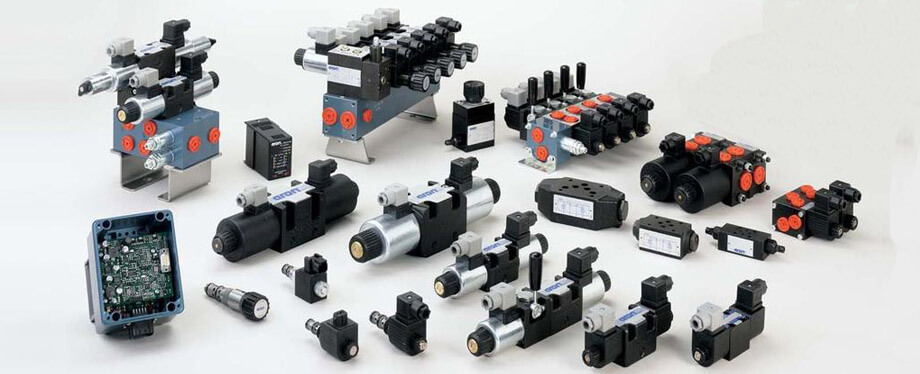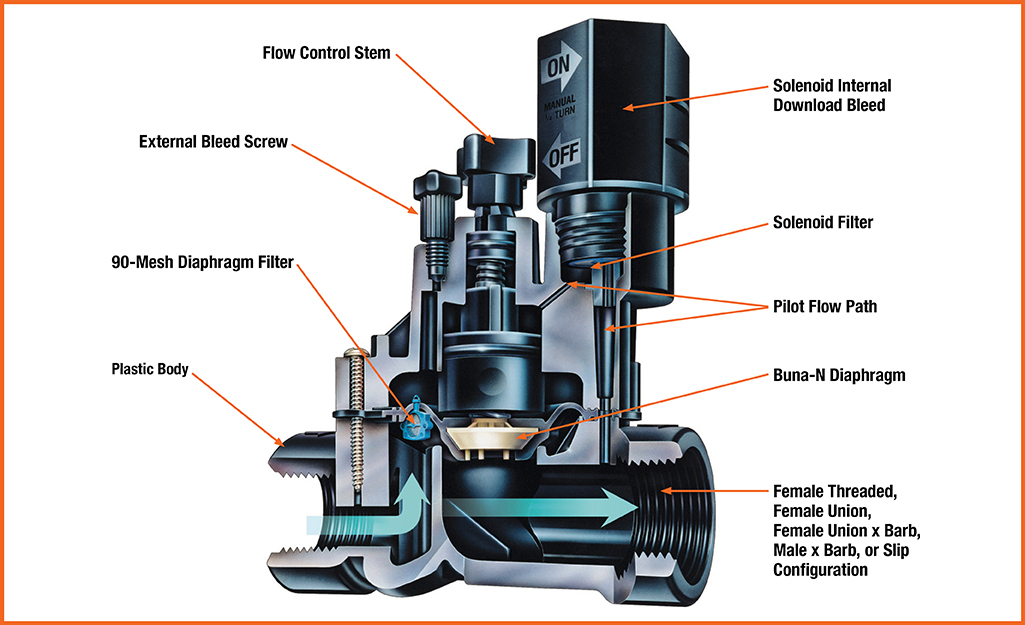Geosynthetic Wheelbarrows: Innovating Efficiency and Environmental Sustainability
Wheelbarrows have been indispensable tools in various industries, but the introduction of geosynthetic wheelbarrows has elevated efficiency and sustainability standards. This article explores the advantages and applications of geosynthetic wheelbarrows, showcasing their role in modernizing workflows while prioritizing environmental stewardship.

What are geosynthetic wheelbarrows, and how do they differ from traditional wheelbarrows?
Geosynthetic wheelbarrows are crafted from advanced synthetic materials like geotextiles or geogrids, offering superior strength, durability, and resistance to environmental factors. Unlike traditional wheelbarrows made of metal or plastic, these modern counterparts are designed to withstand harsh conditions and heavy loads, making them essential in construction, landscaping, and agriculture.
What are the advantages of using geosynthetic wheelbarrows?
Geosynthetic wheelbarrows offer several advantages over conventional ones. They are lightweight yet exceptionally sturdy, enabling easy maneuverability and reducing user fatigue. Their resistance to corrosion and abrasion ensures prolonged lifespan, reducing the need for frequent replacements. Moreover, many geosynthetic materials are recyclable, aligning with sustainability efforts in various industries.
In what applications are geosynthetic wheelbarrows most beneficial?
Geosynthetic wheelbarrows find versatile applications across industries and tasks. In construction, they excel in transporting heavy materials such as concrete, gravel, and sand across challenging terrains. Similarly, in landscaping and gardening, they facilitate the transportation of soil, mulch, and plants, thereby enhancing productivity and efficiency.
How do geosynthetic wheelbarrows contribute to sustainability efforts?
Geosynthetic wheelbarrows play a crucial role in advancing sustainability practices. Their durable construction reduces the need for frequent replacements, thereby minimizing material waste and environmental impact. Additionally, many geosynthetic materials used in their manufacturing are recyclable, further reducing their ecological footprint. By opting for geosynthetic wheelbarrows, businesses and individuals embrace sustainable solutions while improving operational efficiency.
Geosynthetic wheelbarrows signify a significant leap forward in materials technology, offering durability, functionality, and sustainability surpassing traditional wheelbarrows. Leveraging the strength and resilience of geosynthetic materials, these wheelbarrows provide an efficient solution for transporting heavy loads across industries. Their contribution to sustainability, through reduced waste and recyclability, underscores their importance in modern workflows. As industries prioritize efficiency and environmental responsibility, geosynthetic wheelbarrows emerge as indispensable tools to meet these objectives.


